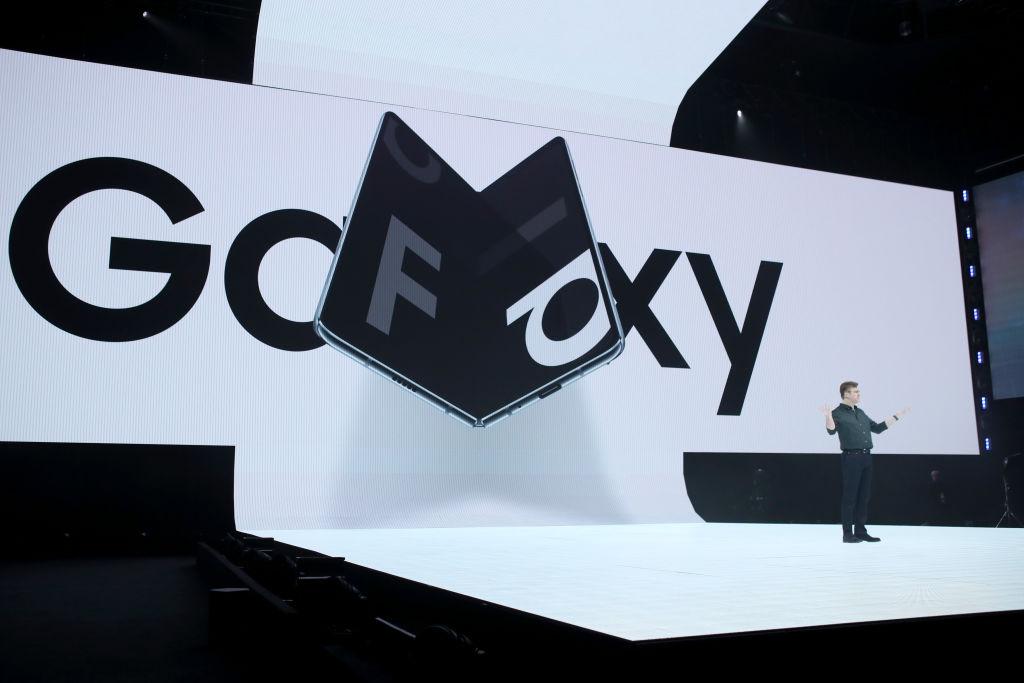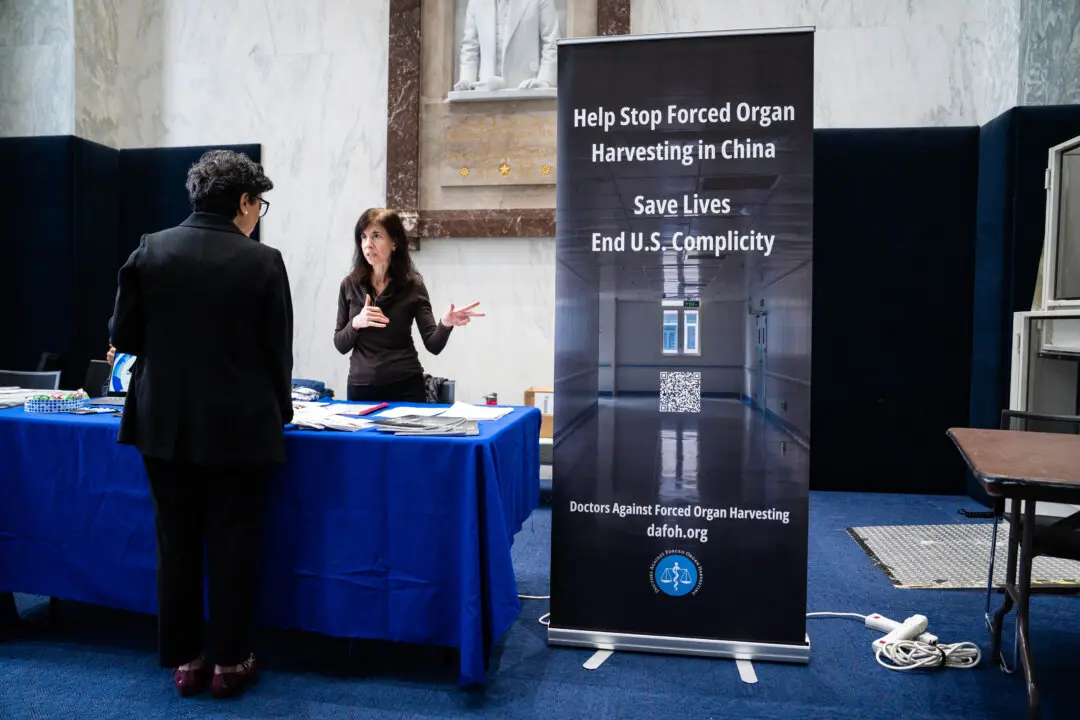South Korean tech conglomerate Samsung and its Chinese tech rival Huawei recently made headlines as both companies unveiled their respective models of foldable smartphones. As attention is drawn to their latest innovations, however, how Huawei was able to obtain the foldable technology has come under scrutiny.
On Feb. 20, Samsung unveiled its foldable phone the Galaxy Fold. It looks like a regular-sized smartphone with a 4.6-inch display, but it opens like a book to reveal a separate 7.3-inch display on the inside. What makes the folding possible is a sophisticated hinge system, as well as a new flexible display screen named the Infinity Flex Display.
OLED, also known as organic light-emitting diode, is a new advance in display technology that allows display screens to be thinner and more energy-efficient than traditional LCD (liquid crystal display) displays. The new Samsung phone incorporates AMOLED (active matrix OLED), a type of OLED technology that boasts greater resolution for a better viewing experience.
Days later, on Feb. 24, Huawei unveiled its foldable phone, called the Mate X, at the Mobile World Congress in Barcelona, Spain. Like Samsung’s Galaxy Fold, the Mate X also boasts a flexible AMOLED display, but it comes with a single 8-inch display. When folded, the single display separates into two rectangular screens, one with a 6.6-inch display and the other at 6.4-inch.
The challenge with making a phone with a flexible display is that glass material cannot be used as a screen cover, because glass cannot be bent. Currently, almost every smartphone uses a glass cover. The replacement material not only must be flexible, but must withstand being bent hundreds of thousands of times—since users would repeatedly open and close their foldable phones.
Huawei does not make its own flexible display. According to a Feb. 25 article published on Taiwanese tech news site DigiTimes, Chinese screen maker BOE Technology supplies Huawei with its foldable display screen.
Past events in South Korea indicate that BOE may have been the culprit behind an intellectual property theft case where Samsung’s flexible display technology was stolen.
South Korean Court Case
In November 2018, South Korean prosecutors in the Suwon District indicted the chief executive and eight employees at South Korean tech manufacturer and Samsung supplier Toptec Co. They alleged that the Toptec employees sold documents that belonged to Samsung subsidiary Samsung Display, including drawings of flexible OLED panels and the lamination equipment used to make them, according to Reuters.
The nine defendants were accused of forming a shell company to obtain the documents. Some of the documents were sold to China for 15.5 billion won (about $13.8 million), South Korean prosecutors said. Toptec denied any wrongdoing.
Citing unnamed sources, Japanese media Nikkei named BOE as one of two recipients of the stolen “3D lamination technology,” according to a Dec. 1 report. Lamination enables objects to be glued together, and would be critical to developing Samsung’s foldable displays—though media reports and South Korean authorities so far have not identified the stolen technology in this case as the kind being utilized in making the Galaxy Fold models.
Samsung did not respond to a request for comment about the case in relation to BOE.
BOE is Samsung’s chief rival in OLED display technology. South Korean media have reported on how BOE has poached many researchers from its rival by offering lucrative salaries.
Bloomberg, citing prosecutors, similarly reported in November 2018 that a Chinese screen maker—which it did not identify—as the recipient of stolen 3D lamination technology related to Samsung’s flexible displays between May and August 2018.
According to prosecutors, Samsung faces a loss of 6.5 trillion won ($5.8 billion) in sales due to the technology leak.
Similar cases of IP theft have occurred before involving South Korean screen-making technology. In July 2018, prosecutors indicted seven individuals—six South Koreans and one Chinese national surnamed Li—for attempting to pass on OLED technology developed by an unnamed South Korean firm to an unidentified Chinese OLED company, according to Aju News. The South Korean company had business deals with Samsung Display.
Then, in November 2018, South Korean media Business Korea alleged that the Chinese state-funded Chengdu COE Technology is, in fact, a fake subsidiary set up by BOE to hire away Samsung Display engineers specializing in OLED display technology.
Coincidentally, around the same time, BOE announced its huge improvement in yield rates for its 6.39-inch AMOLED panels, going from 10 percent in the third quarter of 2018 to 30 percent in the following quarter, according to DigiTimes. Industry experts predicted that before the end of 2019, the rate could go up to 50 percent.
It is unclear whether Huawei utilized BOE developments poached from Samsung (the Chinese smartphone maker did not respond to a request for comment), but details from the BOE case begs the question.





